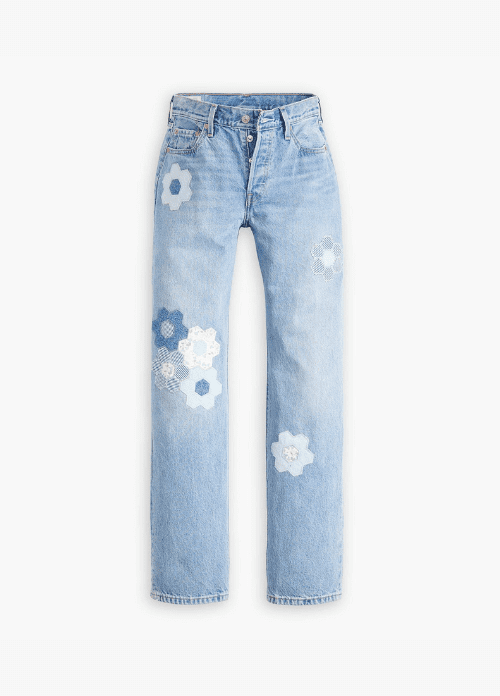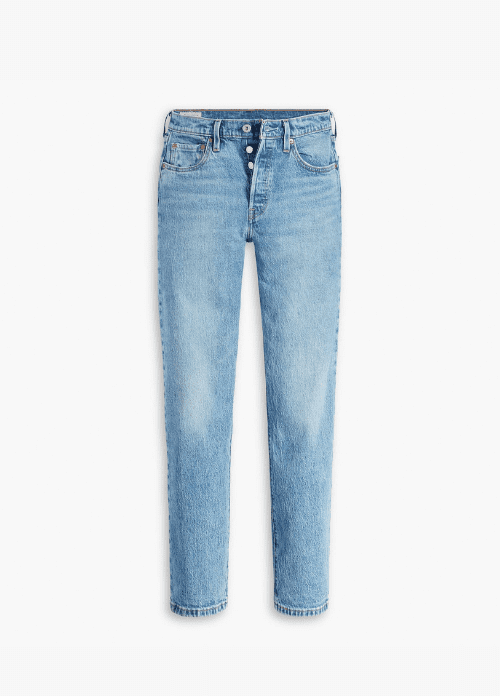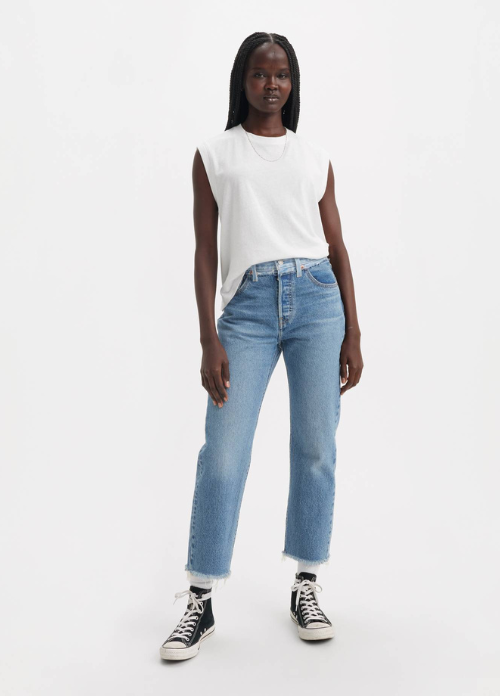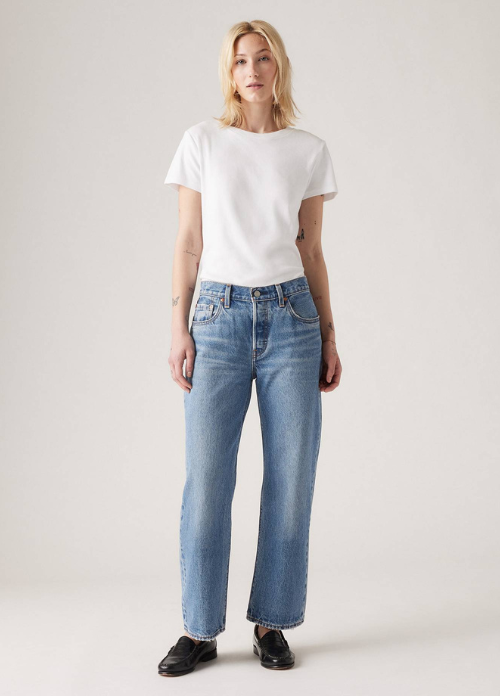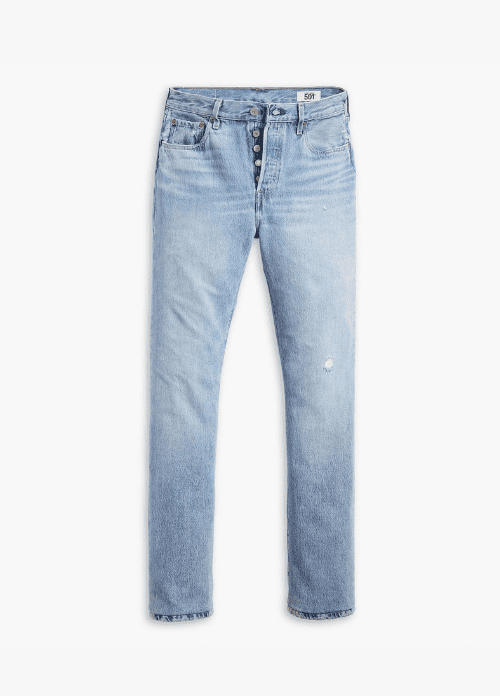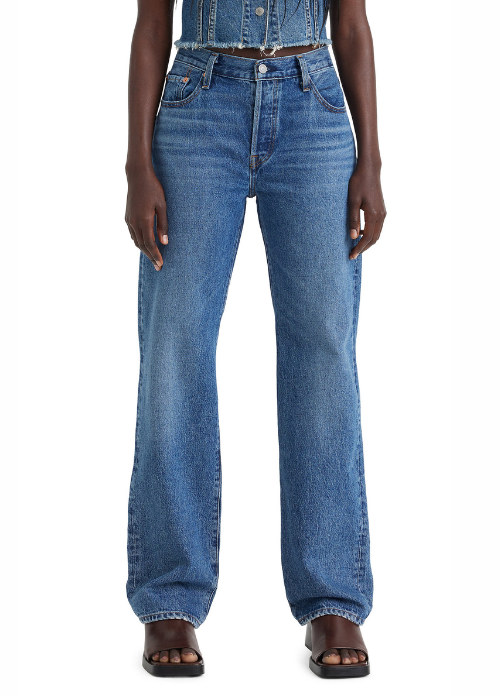Levi’s iconic 501 jeans have solidified their place in fashion history. As the gold standard for vintage-inspired, comfortable, flattering, and affordable classics, this classic wardrobe staple is worn by half of the world’s population and was dubbed by TIME magazine as the “Fashion Item of the 20th Century” in 1999. Fast forward to 2023, and the classic silhouette, defined by its button fly, denim, rivets, and back patch, has been embraced for centuries.
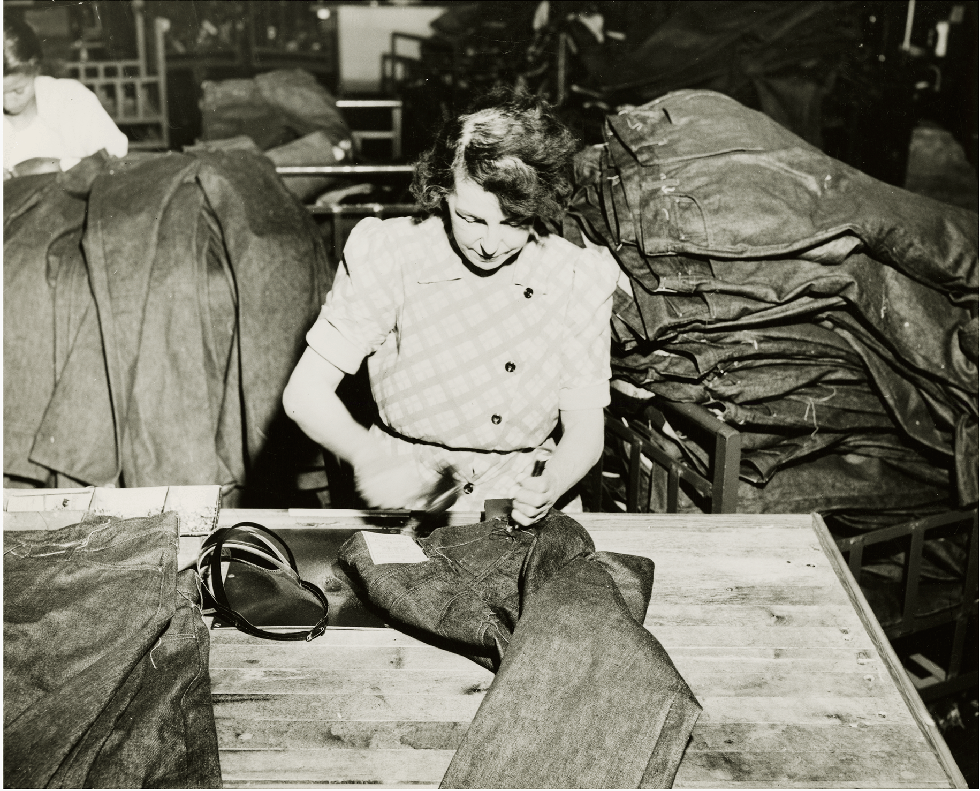
Founded by two Jewish immigrants, Levi Strauss and Jacob Davis, the 501 has evolved from its original rigid work pant to apply to various bottoms, making it a versatile piece that anyone can wear. Levi Strauss & Co., known by Lot number 501, was first assigned to the core range of products in 1906, with its initial use reason unknown. Known by Lot number 501, it was first assigned to the core range of products in 1906, with its initial use reason unknown. Most people are likely familiar with this number.
In fact the 501 continues to be Levi’s best-selling style ever. The 501 Levi pair is the best-selling fit of all time, with a projected net revenue of $800 million in FY2023. The 501 is popular in the secondhand market, representing nearly half of all Levi’s jeans orders on Vestiaire Collective in 2021 and 2022. In April 2023, searches for the 501 were 99% higher than those for 511s, 505s, and 721s on the platform. With its immense popularity, it’s become synonymous with fashion A-list worn Gigi Hadid, and Rihanna, who style it with oversize blazers, button-ups, baby tees, diamond bras, and cropped T-shirts.
Continue reading to learn more about the history of these classic jeans.
History Of The 501
1873-1900
During this time frame, Levi Strauss and Company, along with tailor Jacob Davis, received a patent on rivet-adorned pants in 1872. These pants were designed for outdoor workers and were intended to be sturdier and longer-lasting. Davis initially created the pants for a woman who complained about her husband tearing his pants. As demand for these pants increased, Davis asked Strauss to take out a patent with him. The roomy, straight-leg pants, featuring a cinch at the waist and a single back pocket, received their 501 title in 1890.
1900-1940
In 1901, overalls and a second back pocket were introduced by Levi’s, likely due to consumer requests or a shift in men’s fashions. After Strauss’ death in 1902, Levi’s made minor adjustments to the 501 pants until World War II. These included adding back pockets, changing the inseam, adding belt loops, adding a red tab, and stitching “Levi’s” on the side . In the 1930s, the first women’s blue jeans, Lady Levi’s Lot 701, were designed for women living or vacationing on ranches and farms. The fashion world took notice, with Lady Levis featured in an article in Vogue. The Americana trend and lifestyle was fueled by the Western movie boom, led by actors like John Wayne.
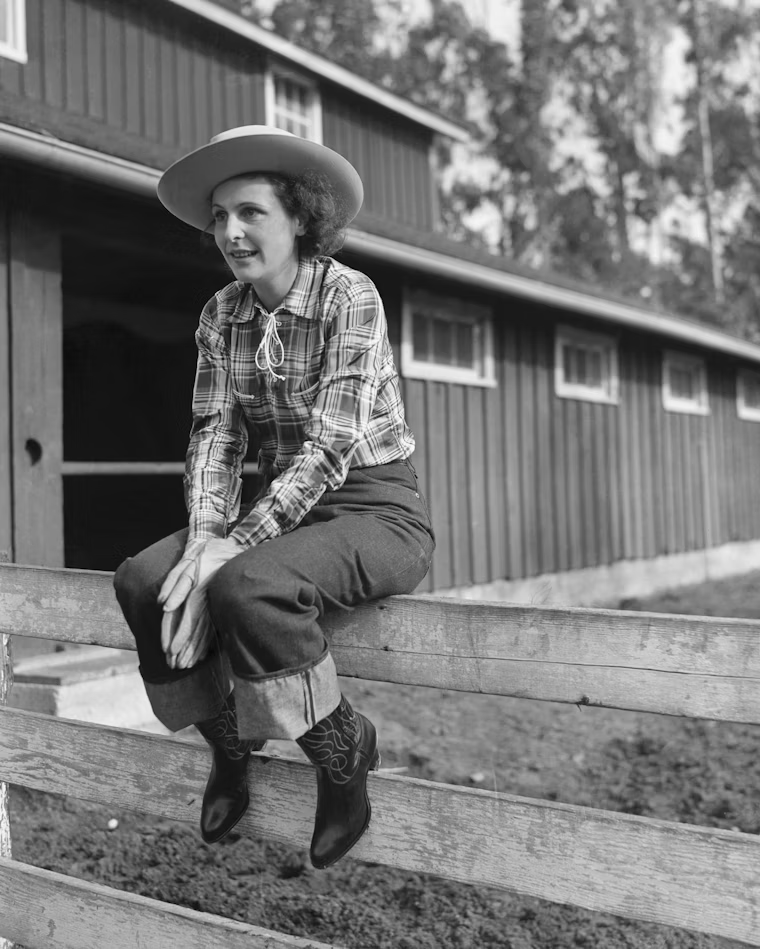
After Strauss’ death in 1902, Levi’s made minor adjustments to the 501 pants until World War II. These included adding back pockets, changing the inseam, adding belt loops, adding a red tab, and stitching “Levi’s” on the side. In 1927, Levi’s sourced its red selvedge shrink-to-fit denim from Cone Mills in Greensboro, North Carolina. The brand became synonymous with the Western look, sponsoring rodeos and featuring cowboys in marketing. After World War I, women wore pants more freely, and in 1935, Levi’s introduced the first official jeans for women: the 701, or Lady Levi’s.

1940-1960
During World War II, Levi’s made significant changes to their 501s, reducing metal and fabric. This shift in fashion led to the 501s becoming a practical everyday essential for women working in factories. In 1947, the 501s made their debut at the first All-American fashion show in Paris, introducing casual, livable California-cool apparel to European audiences. The show was a success, with two stand-out stars modeling Levi’s attire.
1960-2000
In the late 1950s and early 1960s, denim gained popularity due to celebrities like James Dean and Marlon Brando. In the 1970s, Levi’s 501 jeans became a popular choice among Soviet youth, symbolizing freedom. Lady Levi’s officially launched 501 jeans for women in 1981 through the “Travis” commercial. By the 1990s, the jeans were embraced by music stars like Run DMC, Beastie Boys, Bruce Springsteen, and Steve Jobs. Supermodels and Hollywood stars like Cindy Crawford, Winona Ryder, and the cast of Beverly Hills 90210 also embraced the 501s. They were worn in high-profile commercials, red carpet events, and shopping trips on Beverly Hills’ Rodeo Drive.
2000-Today
In the early 2000s, Levi’s upgraded the classic 501 pant to create a roomier silhouette with a balanced leg and straightened bottom opening. The back rise was straightened for fullness in the outer thigh and seat, and the pitch from the back to the front rise increased. In 2017, the iconic pant was reintroduced with the 501 Skinny for women, featuring a vintage-inspired silhouette with a slimmer leg and shrink-to-fit stretch denim. Levi’s was honored by MoMA in 2017 as one of 111 fashion items that have had a profound impact on the world in the 20th and 21st centuries. Today, Levi’s offers multiple versions of the 501, including the Original, Mid-Thigh Short, Knee Length Short, and Cropped.
Contributing over $6 billion in 2022, Levi celebrated its 150th anniversary last year with the release of the Plant-Based 501—a 100% renewable denim jean. Taking steps to mitigate environmental costs, including using less water, buying, repairing, and selling vintage Levi’s, and joining the Organic Cotton Accelerator—the Plant-Based 501 uses cotton sewing thread on a shrink-to-fit organic cotton denim and collaborates with biomaterials companies to reduce petroleum percentage.
